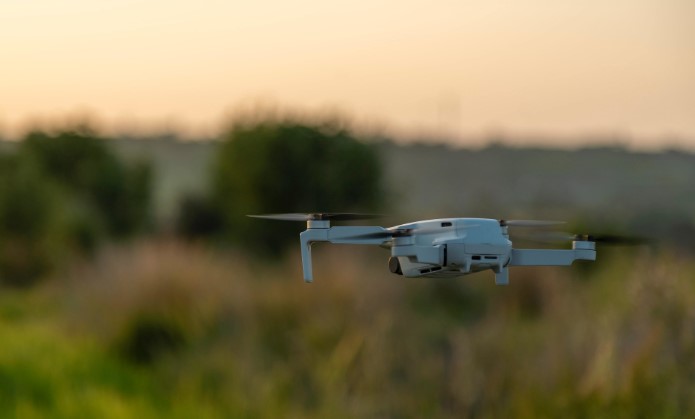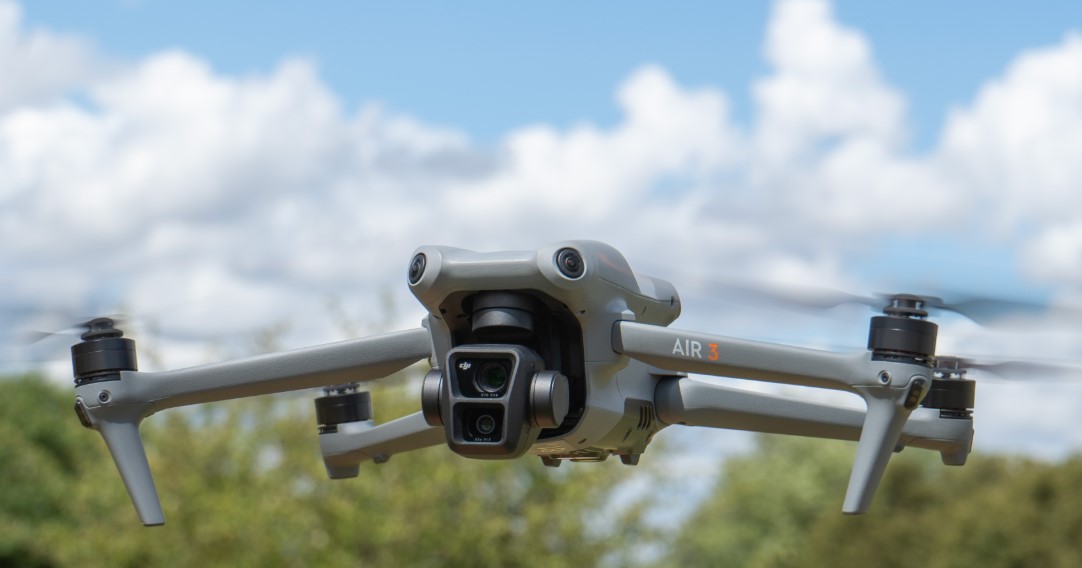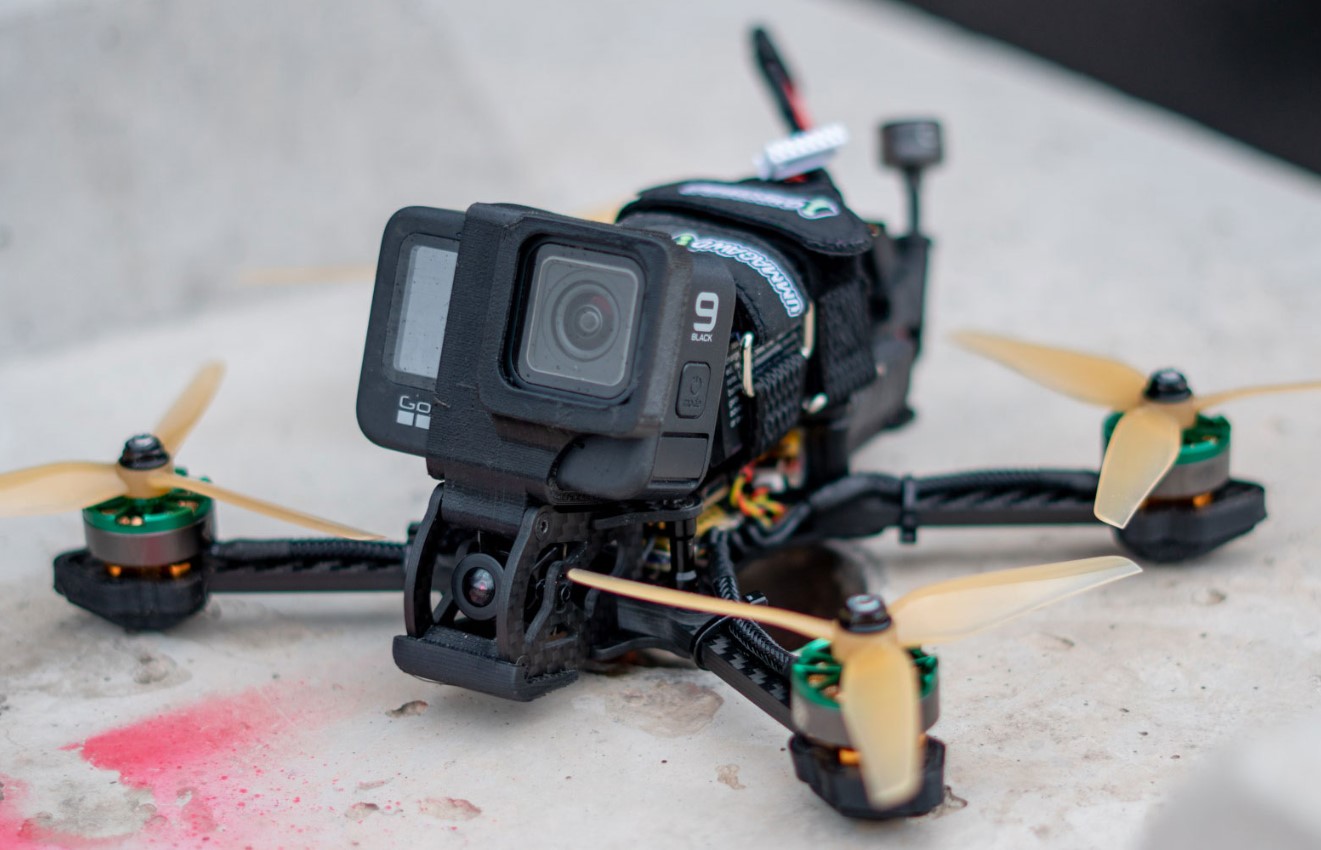How Are Drones Used in Agriculture? Drones, or unmanned aerial vehicles (UAVs), have revolutionized various industries, and agriculture is no exception. These versatile tools are transforming traditional farming practices by enhancing efficiency, reducing costs, and providing innovative solutions to longstanding challenges. In this essay, we will explore how drones are used in agriculture, detailing their applications, benefits, and the technological advancements that make them indispensable for modern farming. Follow Dronevoz.com !!!
Introduction to Agricultural Drones
Agricultural drones are specialized UAVs equipped with cameras, sensors, and software designed to monitor, analyze, and optimize farming practices. Unlike conventional drones used for recreational purposes, agricultural drones are tailored to meet the specific needs of farmers. They can capture high-resolution images, collect data, and even perform physical tasks such as spraying pesticides or planting seeds.
The adoption of drones in agriculture has been driven by the increasing demand for sustainable farming practices, improved crop yields, and efficient resource management. By integrating drones into their operations, farmers can make data-driven decisions that enhance productivity and profitability.
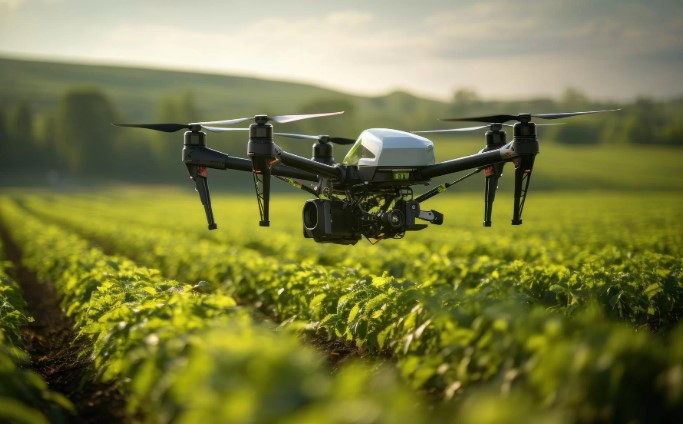
Key Applications of Drones in Agriculture
- Crop Monitoring and Health Assessment
Drones equipped with multispectral and thermal sensors can assess the health of crops with unparalleled accuracy. By capturing data on factors such as chlorophyll levels, water stress, and temperature variations, drones help farmers identify issues like nutrient deficiencies, pest infestations, and diseases early. This proactive approach minimizes crop losses and ensures timely intervention.
- Precision Agriculture
Precision agriculture aims to optimize the use of resources like water, fertilizers, and pesticides. Drones play a crucial role by providing detailed maps that highlight areas requiring specific treatments. For example, drones can identify zones with low soil moisture, enabling targeted irrigation that conserves water while promoting healthy plant growth.
- Field Mapping and Surveying
Traditional methods of field mapping are time-consuming and labor-intensive. Drones simplify this process by quickly generating accurate 3D maps and orthomosaic images of farmland. These maps provide valuable insights into soil conditions, topography, and drainage patterns, aiding in better planning and resource allocation.
- Planting and Seeding
Some advanced drones are designed for planting seeds in difficult-to-reach areas. These drones can carry seed pods and precisely deposit them in the soil. This technology is particularly useful in reforestation projects and for planting crops in hilly or uneven terrains where conventional machinery is impractical.
- Pest and Disease Control
Drones equipped with spraying systems can efficiently apply pesticides and herbicides to crops. This method ensures even distribution and reduces the need for manual labor, which is often costly and time-consuming. Additionally, drones can minimize human exposure to harmful chemicals, promoting safer farming practices.
- Livestock Management
In addition to crop-related applications, drones are also valuable for monitoring livestock. They can track the movement and health of animals, ensuring that herds are safe and well-managed. Drones equipped with thermal cameras can detect health issues such as fever or injuries, allowing farmers to address problems promptly.
>>> Read: Are Drones Allowed in Qatar?
Benefits of Using Drones in Agriculture
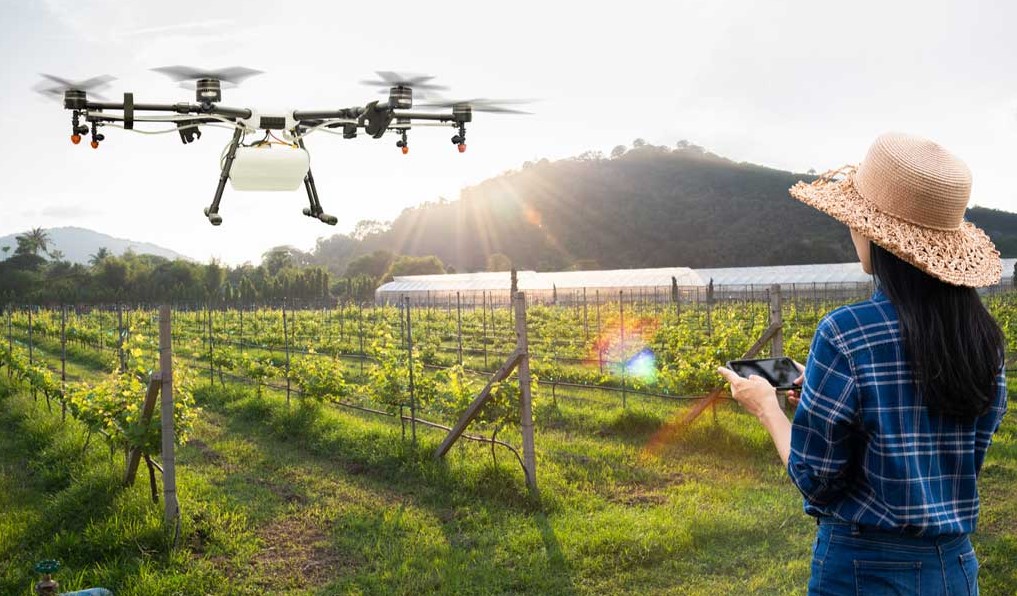
- Increased Efficiency
Drones can cover large areas of farmland in a fraction of the time required by traditional methods. This efficiency allows farmers to monitor their fields more frequently and respond to issues faster, ultimately improving productivity.
- Cost Reduction
While the initial investment in drones may be significant, the long-term savings are substantial. By optimizing resource use and reducing labor costs, drones contribute to more cost-effective farming practices.
- Sustainability
Drones promote sustainable agriculture by reducing the overuse of water, fertilizers, and pesticides. Their precision ensures that resources are applied only where needed, minimizing environmental impact and preserving natural ecosystems.
- Enhanced Decision-Making
Data collected by drones enables farmers to make informed decisions based on real-time insights. This data-driven approach leads to better crop management, higher yields, and improved profitability.
- Improved Safety
By automating tasks such as pesticide spraying, drones reduce the risk of accidents and health hazards associated with manual labor. Farmers can maintain a safer working environment while still achieving their operational goals.
Challenges in Implementing Drone Technology
Despite their numerous benefits, the use of drones in agriculture is not without challenges. Some of the primary obstacles include:
- High Initial Costs
Agricultural drones, particularly those equipped with advanced sensors and software, can be expensive. For small-scale farmers, this initial investment may be a significant barrier.
- Regulatory Hurdles
Drone regulations vary by country and can be complex to navigate. Farmers must comply with rules related to drone registration, pilot certification, and flight restrictions, which can be time-consuming and costly.
- Technical Expertise
Operating drones and analyzing the data they collect require technical skills that many farmers may not possess. Training programs and support services are essential to help farmers effectively utilize this technology.
- Weather Dependency
Drones are sensitive to weather conditions such as wind, rain, and fog, which can limit their usability. Adverse weather may also affect the accuracy of data collected by drones.
- Data Security and Privacy
The use of drones raises concerns about data security and privacy. Farmers need to ensure that their data is protected from unauthorized access and that their drone operations do not infringe on the privacy of neighboring properties.
>>> Read: Are Drones Legal in New York City?
Future of Drones in Agriculture
The future of agricultural drones looks promising, with ongoing advancements in technology making them more accessible and efficient. Innovations such as artificial intelligence (AI), machine learning, and the Internet of Things (IoT) are expected to enhance the capabilities of drones further.
- AI and Machine Learning
By integrating AI, drones can analyze data in real-time and provide actionable recommendations. For instance, AI-powered drones can predict crop yields, identify pest outbreaks, and suggest optimal planting schedules.
- Autonomous Drones
Autonomous drones that can operate without human intervention are becoming increasingly popular. These drones can perform routine tasks such as monitoring and spraying, freeing up farmers’ time for other activities.
- Collaboration with IoT Devices
Drones can work in conjunction with IoT devices like soil sensors and weather stations to provide a comprehensive view of farm conditions. This synergy enables more precise and efficient resource management.
Conclusion
Drones have emerged as a game-changing technology in agriculture, offering innovative solutions to traditional farming challenges. From crop monitoring and pest control to field mapping and livestock management, drones have proven their value in enhancing efficiency, sustainability, and profitability.
While challenges such as high costs and regulatory hurdles remain, the continuous evolution of drone technology promises to make them more accessible and effective for farmers worldwide. By embracing drones, the agricultural industry can move closer to achieving its goals of sustainability and food security, ensuring a brighter future for generations to come.
